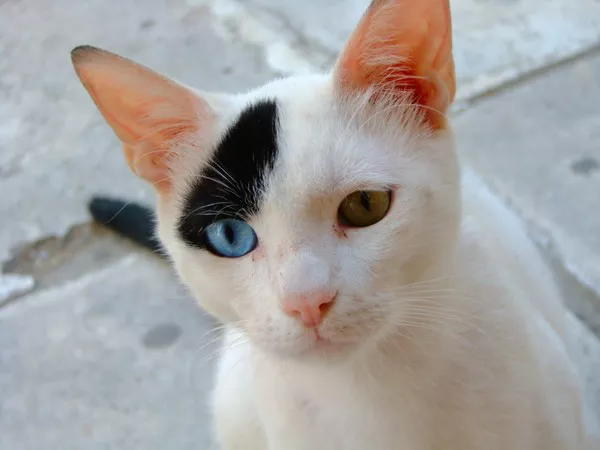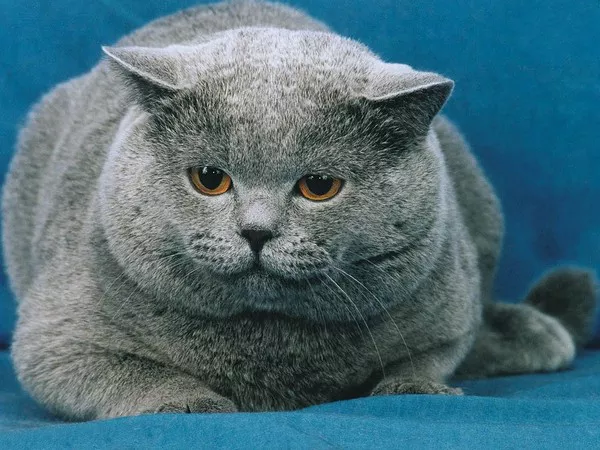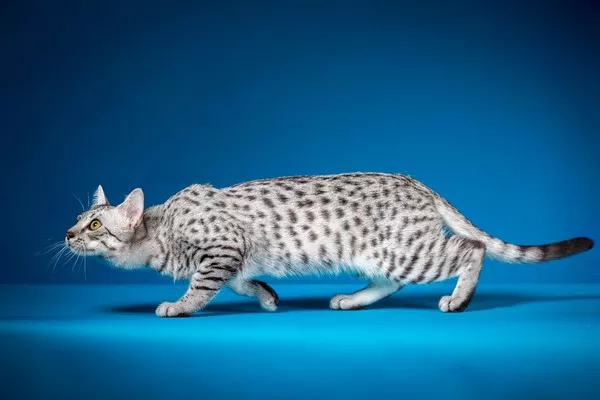As humans, our taste buds often guide us into realms of culinary exploration, and in moments of whimsy or dare, the idea of sampling cat food may cross our minds. While the occasional taste or accidental ingestion might not immediately set off alarm bells, delving into a sustained diet of feline fare unveils a myriad of considerations that extend beyond mere gastronomic preferences. In this in-depth exploration, we unravel the intricacies of what happens when humans indulge in cat food, dissecting nutritional disparities, potential health implications, and the broader landscape of dietary choices.
Nutritional Mismatch: Cat Food’s Tailored Formulation vs. Human Needs
Cat food stands as a testament to meticulous nutritional formulation, a carefully calibrated blend of proteins, fats, and micronutrients designed to meet the unique dietary requirements of our feline companions. However, the nutrient profiles that cater to a cat’s physiology may not align with the diverse needs of the human body. Cat food’s propensity for elevated protein and fat content may introduce imbalances in a human diet, potentially casting shadows on long-term health.
Taurine Troubles: Unraveling Amino Acid Imbalances
Taurine, an indispensable amino acid for feline health, often reigns supreme in cat food formulations. Yet, for humans, the story takes a different turn. Excessive taurine intake, a likely consequence of regularly consuming cat food, raises concerns about potential imbalances impacting cardiovascular and metabolic functions in the human body.
Additives, Preservatives, and Flavorings: The Hidden Culinary Palette
Cat food’s ingredient list may harbor additives, preservatives, or flavorings that secure a safe passage for feline consumption but may not necessarily translate seamlessly into the human digestive landscape. Prolonged exposure to these substances introduces a dimension of risk, as the human body may respond divergently to these additives compared to our feline counterparts.
Digestibility Dilemma: Can Human Guts Navigate Feline Fare?
The intricate machinery of the human digestive system encounters challenges when tasked with processing cat food. Some ingredients may prove less digestible for humans, potentially ushering in discomfort, bloating, or digestive unrest. The efficiency of nutrient extraction from cat food may also pale in comparison to foods expressly crafted for human consumption.
Hygiene and Contamination Risks: Beyond the Kibble Package
The packaging and processing of cat food operate under the assumption that it will grace the discerning palates of feline connoisseurs. The hygiene standards upheld in the creation of cat food may not mirror those adhered to in the realm of human-grade foods, laying the groundwork for potential contamination and the unwelcome presence of harmful bacteria or pathogens.
Allergen Alert: Navigating Sensitivities and Reactions
The diverse array of ingredients in cat food introduces the specter of allergens for some humans. Proteins or grains present in cat food may serve as triggers for allergic reactions in individuals with pre-existing sensitivities. From mild discomfort to more severe health repercussions, the allergen alert in cat food is a crucial consideration.
Balancing Act: The Crucial Role of a Well-Balanced Human Diet
While the occasional foray into cat food territory might satisfy curiosity without immediate repercussions, the sustenance of a human diet requires a more deliberate approach. A well-balanced diet, drawing from a diverse array of nutrient-rich food sources, remains the cornerstone of optimal human health.
Consulting Professionals: When in Culinary Doubt, Seek Guidance
For those traversing the culinary realm with cat food in mind, a note of caution underscores the importance of seeking guidance from healthcare professionals or nutritionists. These experts can provide personalized advice, ensuring that nutritional needs are met without jeopardizing health or introducing potential risks associated with embracing a feline-centric dietary venture.
Conclusion
In conclusion, while the notion of tasting cat food may tickle the taste buds in moments of culinary curiosity, a sustained embrace of feline fare unfurls a tapestry of considerations. From nutritional intricacies to potential health implications, the culinary landscape invites us to tread cautiously, recognizing that foods expressly designed for human consumption offer a safer and more balanced avenue for satisfying our gastronomic cravings.



























